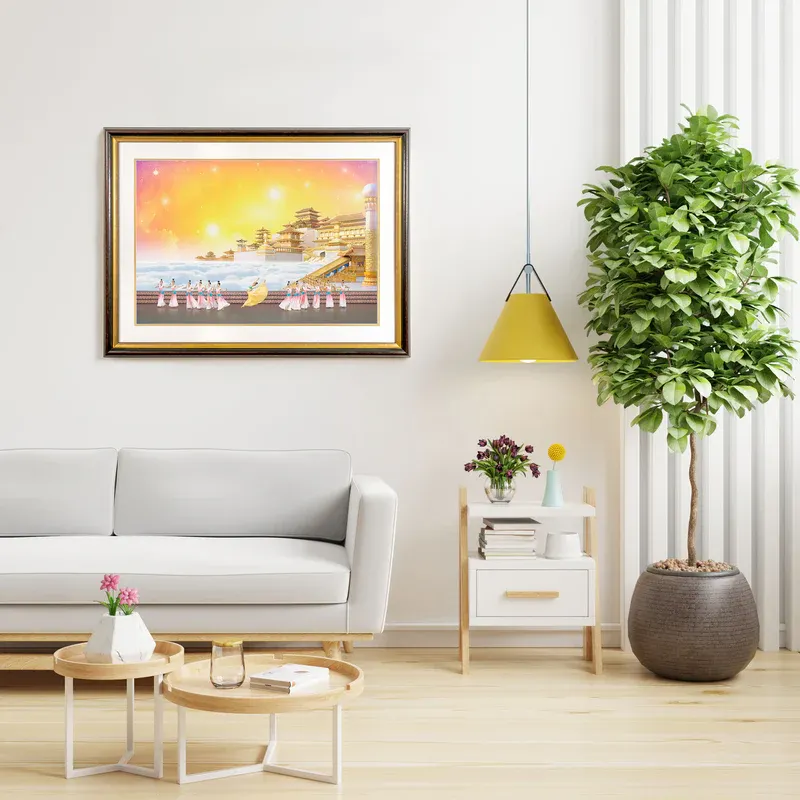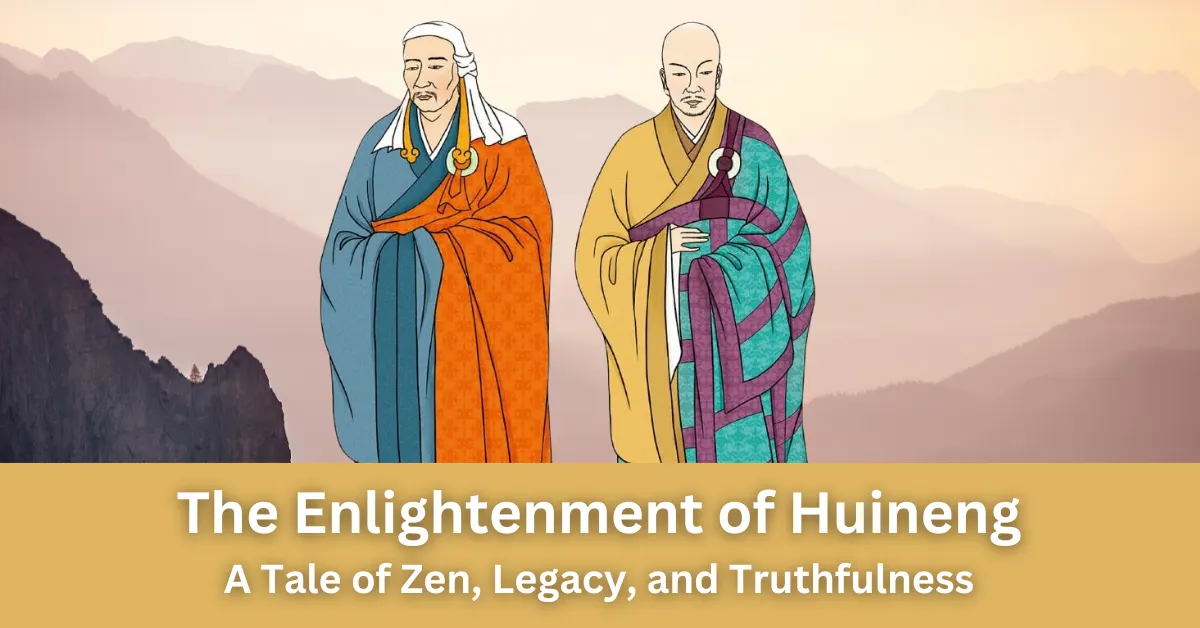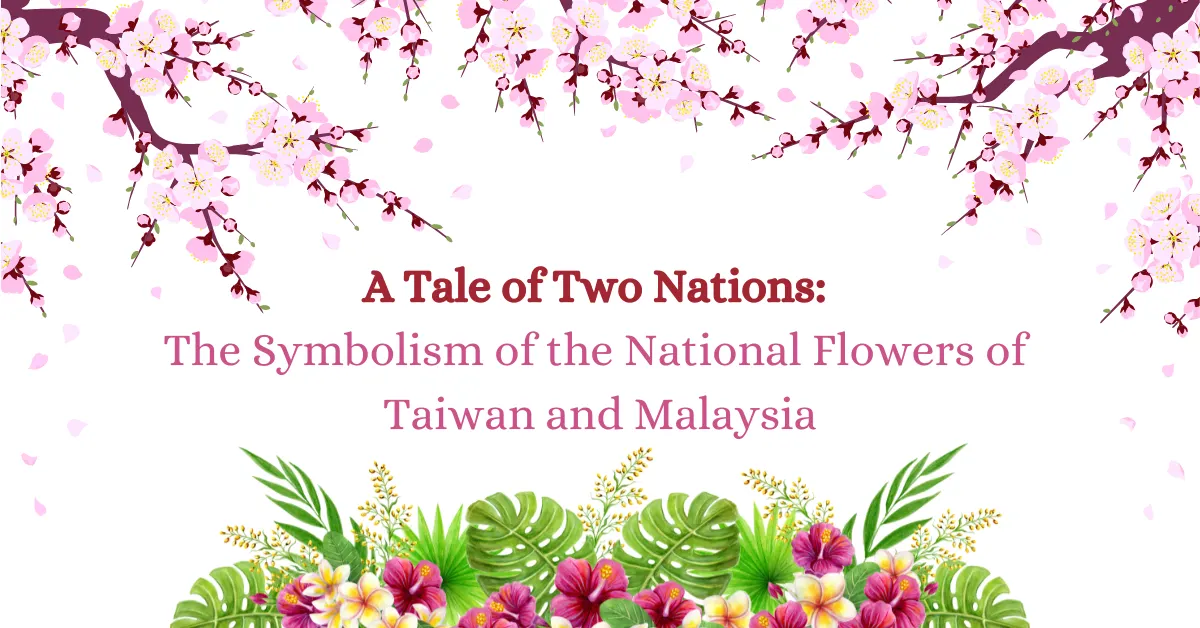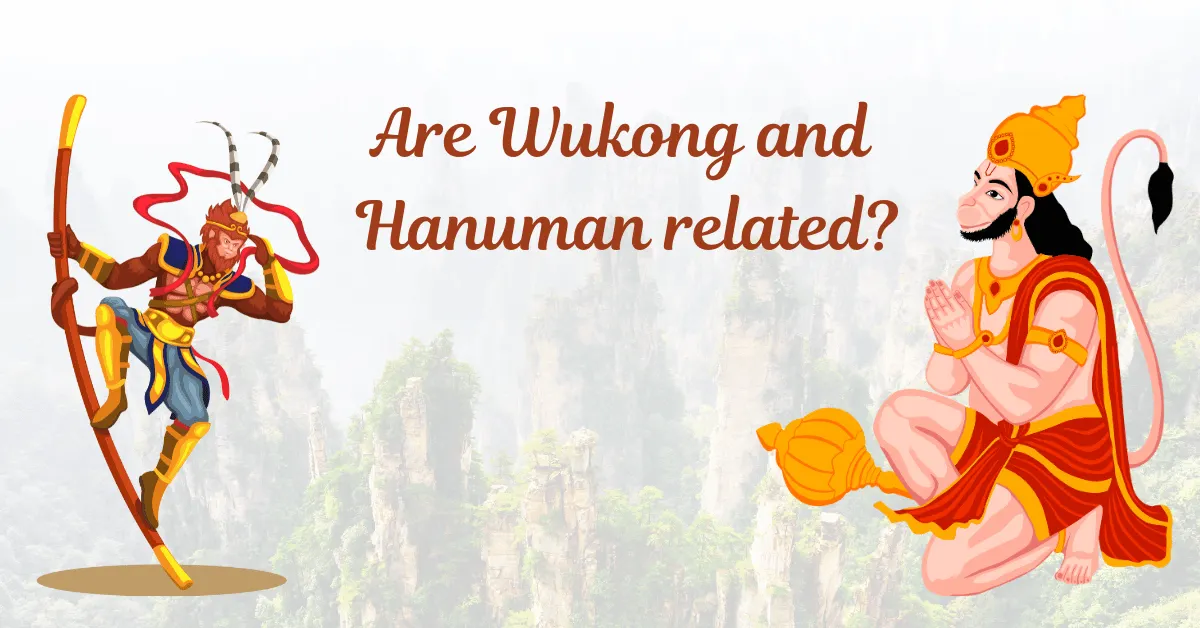An Overview of Traditional Chinese Art and Dunhuang
An Overview of Traditional Chinese Art and Dunhuang
Contributing Writer: Lixin (translated version)
China is one of the world's four great ancient civilizations, with a cultural history spanning over five thousand years. Its unique artistic forms have equally long-standing traditions, deeply rooted in its cultural heritage. Traditional Chinese culture is semi-divine, emphasizing harmony between heaven and mankind. The earliest forms of art originated from the worship and reverence of gods, and these art forms include calligraphy, painting, sculpture, architecture, ceramics, paper-cutting, clothing, music, opera, and dance.
Chinese art is subtle and expressive, focusing less on depicting the real world and more on using real-world imagery to convey thoughts of a higher realm. For example, Chinese painting and calligraphy pursue a sense of artistic conception, stressing vitality and dynamic spirit, capturing both form and spirit in harmony. China is known as the "Divine Land," and its culture is one bestowed by the heavens. Thus, traditional Chinese art is also seen as a medium connecting humans with the divine. The quality and depth of an artwork depend on the artist’s moral and spiritual cultivation. A divinely inspired artwork is called a “divine piece,” capable of purifying the heart and elevating one’s moral character.
When discussing Chinese art, Dunhuang must be mentioned. The art of the Dunhuang caves represents traditional Chinese art at its finest. Spanning over a millennium and across more than ten dynasties, it encapsulates China’s traditional artistry and history. There are only four civilizations in the world with self-contained cultural histories—Ancient China, Ancient India, Ancient Greece, and Mesopotamia—and Dunhuang served as a meeting point for these civilizations. Located along the Silk Road, Dunhuang was an ancient hub for east-west exchanges. Dunhuang art predominantly features Buddhist themes, with ninety percent of its content related to Buddhism and a small portion depicting ethnic customs. The artistic style and content reflect a fusion of multiple cultures. Dunhuang art primarily comprises sculpture and murals, along with historical documents that are over a thousand years old, incorporating architecture, dance, music, and clothing.

Cave 45
Let’s start by looking at the Dunhuang sculptures. There are over two thousand sculptures in Dunhuang, with the most beautiful and artistically refined found in Cave 45, carved during the peak of the Tang Dynasty. This cave contains seven polychrome sculptures, with Sakyamuni Buddha at the center, flanked by two disciples, two bodhisattvas, and two warrior attendants. The dynamic beauty of the figures is remarkable, with proportions at their finest. When worshippers enter the cave and kneel before the Buddha, they are positioned lower, allowing them to see that each statue gazes directly at them. At that moment, when their eyes meet the gaze of the statues, they can feel the awe-inspiring power of the heavenly kings and warriors, as well as the compassion and serenity of the bodhisattvas. It is in this balance of reverence and trust that the purification of the soul takes place. The bodhisattvas' appearance and attire exhibit artistic features influenced by Indian statues.
Next, let’s examine the Dunhuang murals. For example, in Cave 220, excavated during the early Tang Dynasty under Emperor Taizong’s reign, a niche on the western wall contains a sculpture. The left wall, or southern wall, depicts the Amitabha Transformation, while the right wall, or northern wall, portrays the Eastern Medicine Buddha Transformation. The front wall, or eastern wall, depicts the Vimalakirti Sutra Transformation.
The central sculpture is of a Buddha with two disciples and two bodhisattvas. The ceiling of the niche is adorned with murals, and once the Song Dynasty paintings covering it were removed, the early Tang murals were revealed. These murals depict bodhisattvas and offering figures, showcasing the intricate and serene decorative style of the early Tang period.

Amitabha Transformation (Southern Wall)
The southern wall depicts the Western Pure Land Transformation, a grand scene with over 150 figures, meticulously composed with a clear hierarchy. The lower section displays pavilions and terraces, with gold sand on the ground and glazed tiles. This section highlights ancient architectural art. In the middle section, there is a music and dance scene, with musicians playing and singers dancing in a celebration of peace and prosperity. The musical instruments and dance movements depicted reflect the early Tang period, with influences from Central Asia, Persia, and India evident in some of the dance styles.

Eastern Medicine Buddha Transformation (Northern Wall)
The northern wall portrays the Medicine Buddha Transformation, with the Eastern Pure Land’s seven Buddhas as the central figures, accompanied by eight bodhisattvas. The mural also features divine generals and followers, as well as a grand musical scene. The orchestras on both sides consist of 28 musicians of varying skin tones, playing instruments from the Han Chinese tradition, as well as percussion instruments from Western minority groups and stringed instruments introduced from foreign lands, making up a total of 15 different instruments. The dances include the Hu Xuan dance and Hu Teng dance, which originated in Central Asia. The grand musical scenes reveal that during the early Tang Dynasty, China already had large orchestras, akin to modern-day symphony orchestras.

Vimalakirti Sutra Transformation (Eastern Wall)
The eastern wall depicts the Vimalakirti Sutra Transformation, illustrating the most captivating scene from the Vimalakirti Sutra, where Manjusri Bodhisattva inquires about Vimalakirti’s illness. The lines and style of Vimalakirti’s depiction bear striking resemblance to the style of the great Tang painter Wu Daozi, indicating that Wu Daozi’s artistic style had spread from the central plains to the Western regions.

Mural of an emperor and his ministers accompanying Manjusri
The lower section of the mural portrays an emperor and his ministers accompanying Manjusri, a scene reminiscent of The Portraits of Successive Emperors by the early Tang painter Yan Liben, suggesting that Yan Liben’s artistic influence had also reached the Western regions.

The Portraits of Successive Emperors (Partial Image)
The murals of Dunhuang possess immense artistic value, reflecting the grandeur and splendor of the Tang Dynasty. Dunhuang art encapsulates a thousand years of Chinese artistry, from the Six Dynasties to the Yuan Dynasty. It is a precious treasure of traditional Chinese culture. The name “Dunhuang” signifies greatness and prosperity, and the Dunhuang caves, often referred to as the “Dunhuang Treasure Caves,” offer a glimpse into the entirety of Chinese art through their magnificent representations.
All items from Shen Yun Collections are inspired by the rich heritage of ancient Chinese civilization. Global Renaissance Collections, the authorized distributor of Shen Yun Collections in Malaysia, invites you to enjoy an exclusive 8% discount on all Shen Yun Collections items. Use the code "lixin8" at checkout for your savings! Visit Global Renaissance Collections at https://www.globalrenaissancecollections.com/.
Phoenix Collection from Shen Yun Collections
Disclaimer:
The content provided reflects the personal opinions and research of the writer and does not represent the views, beliefs, or official stance of Global Renaissance Collections.




















































